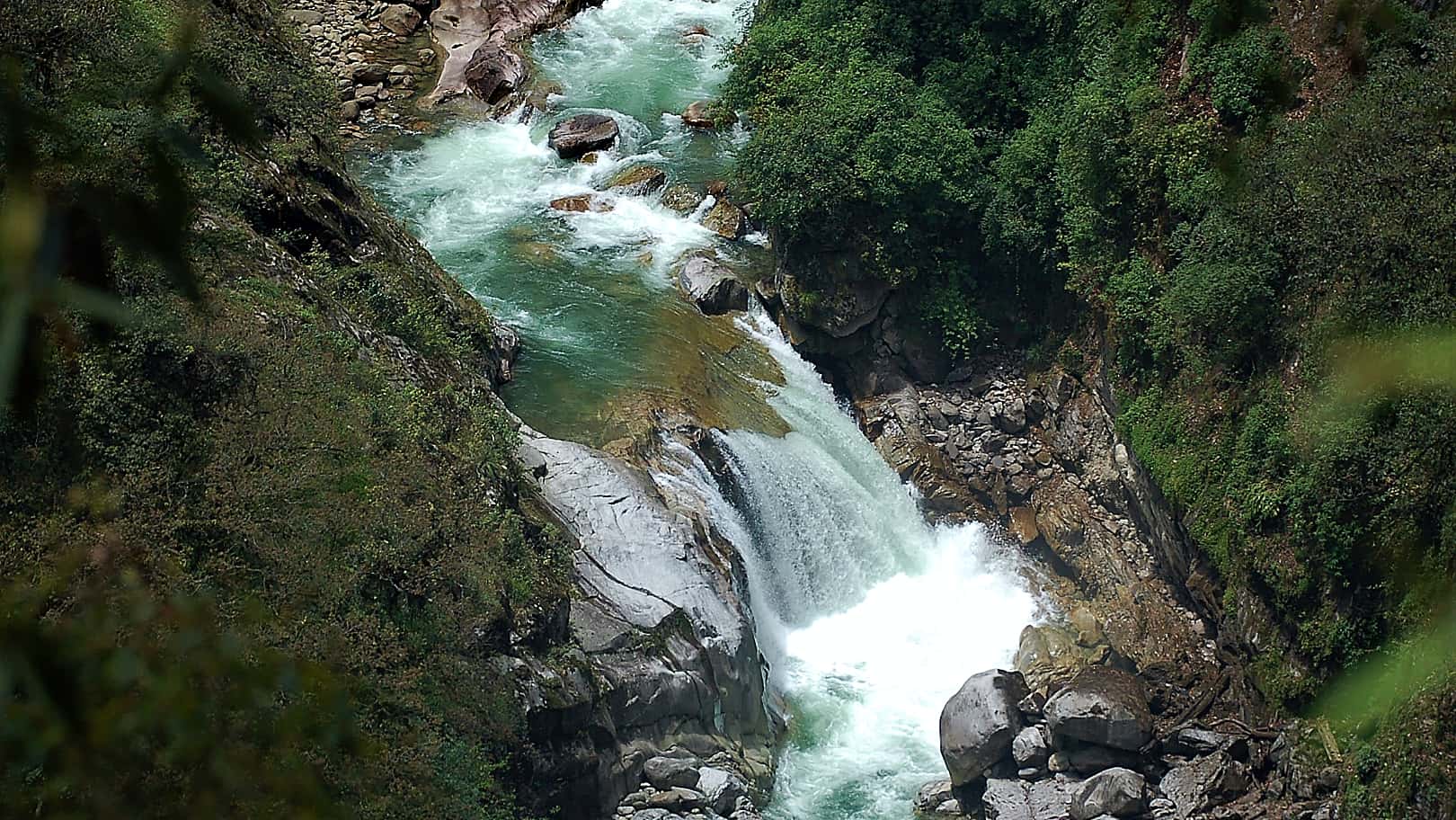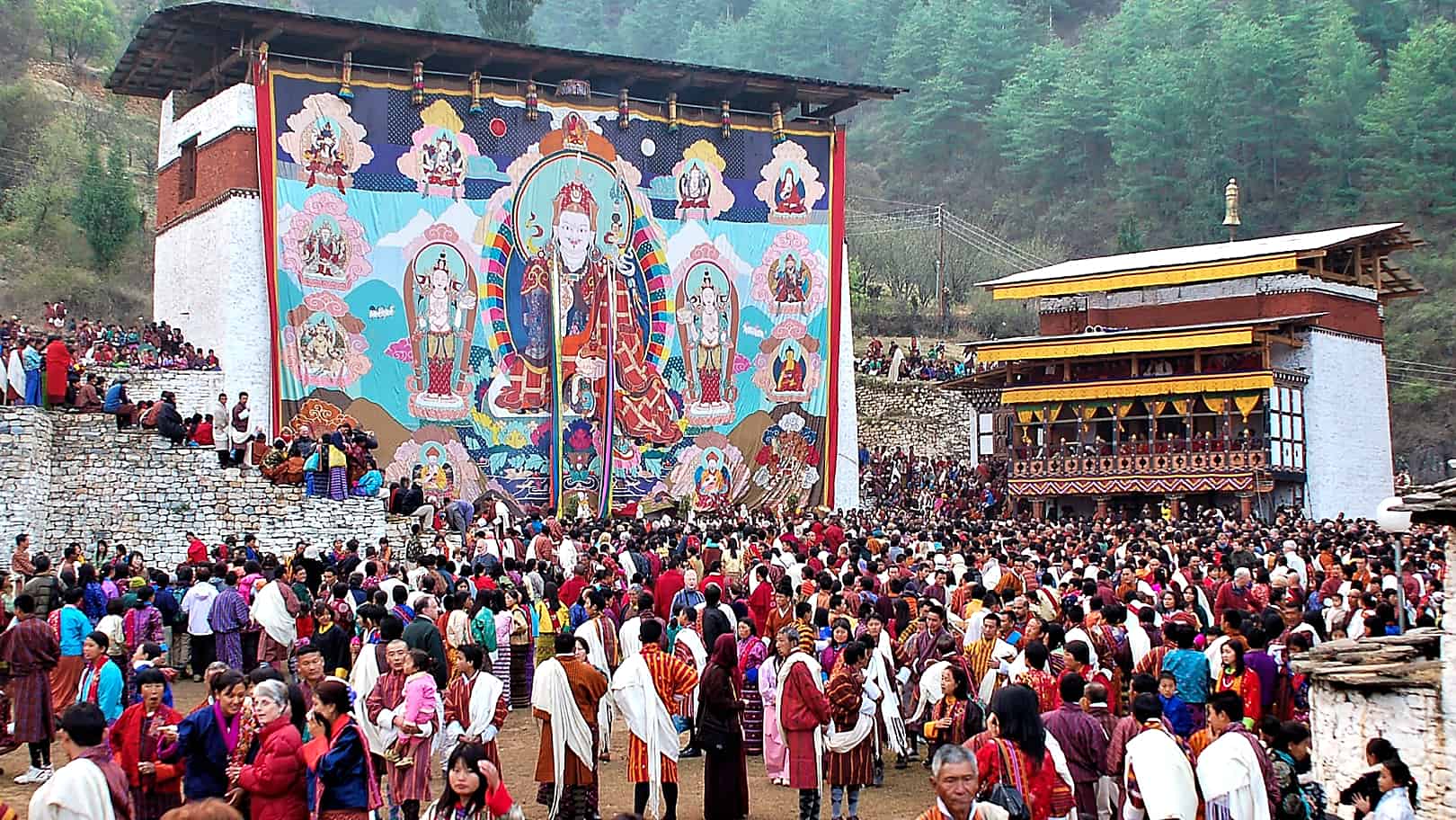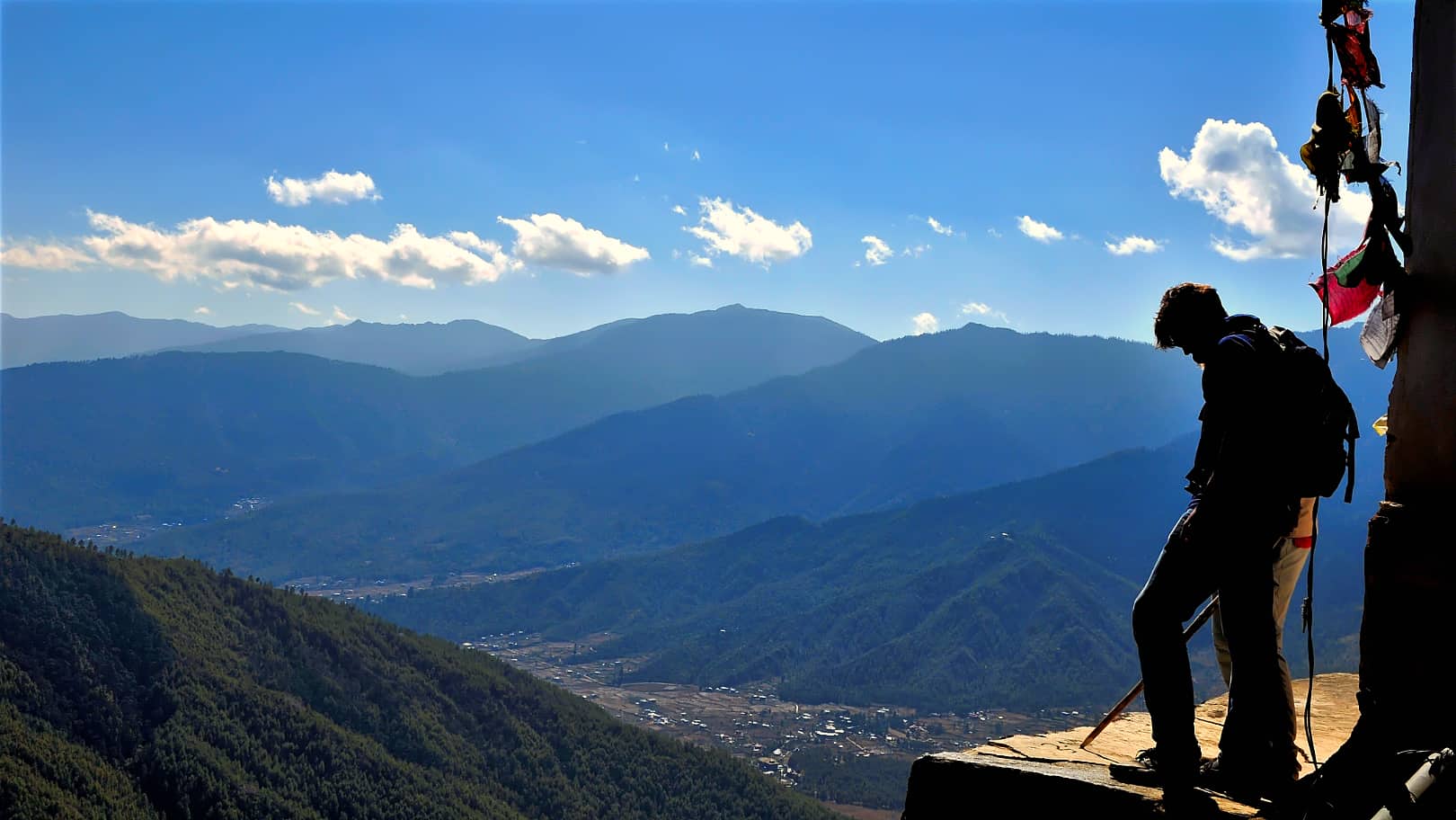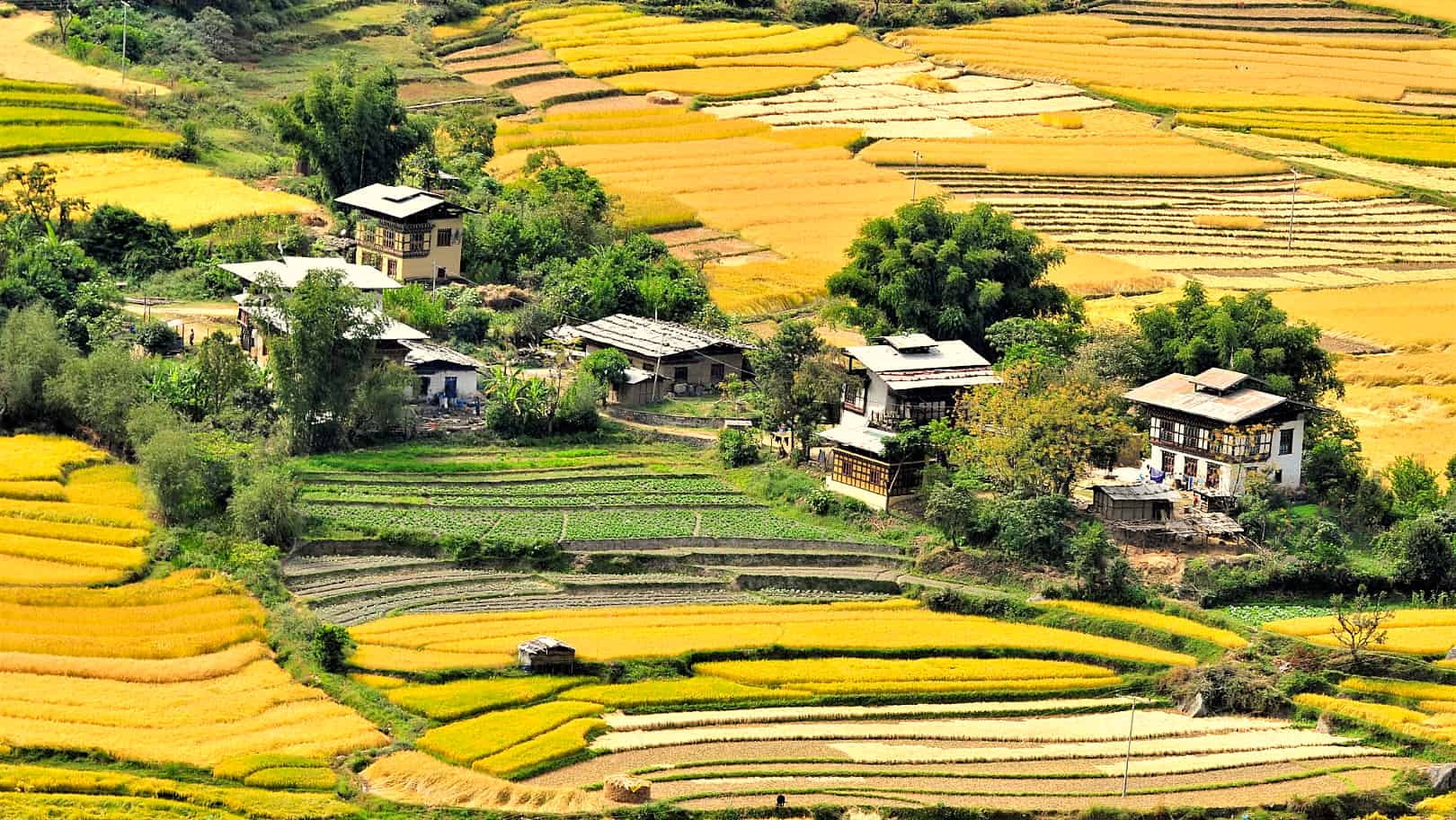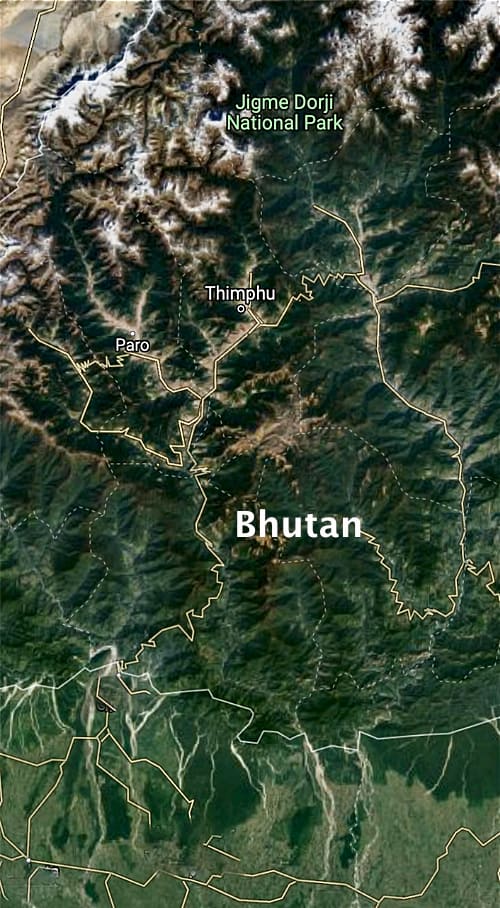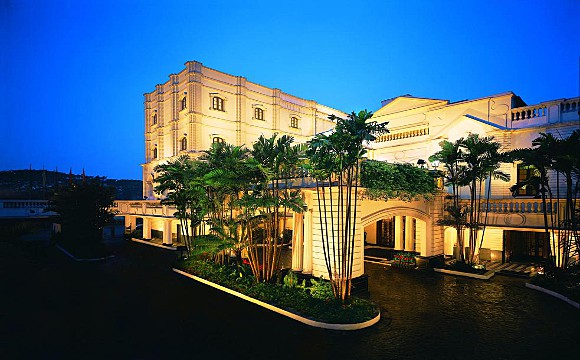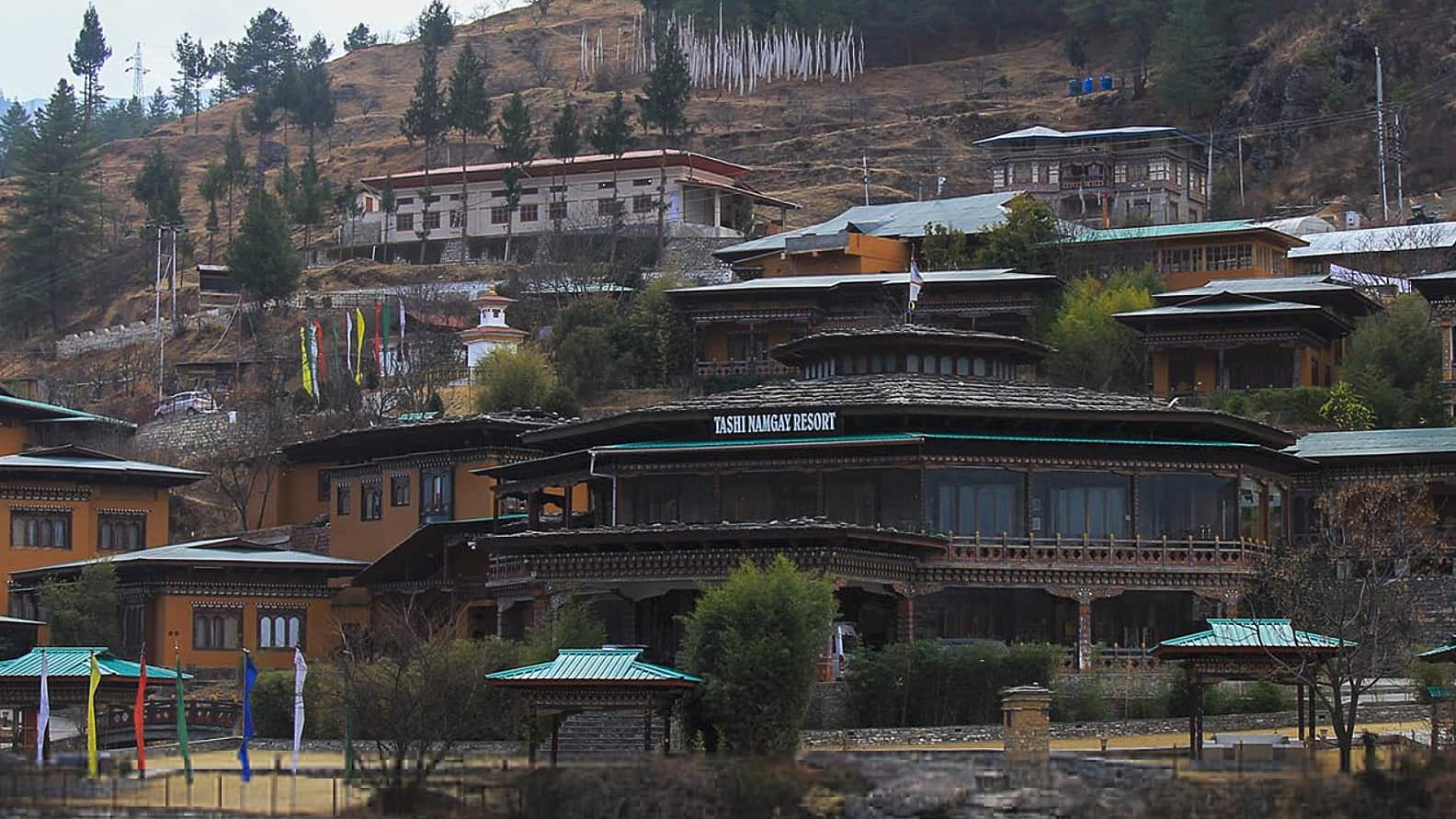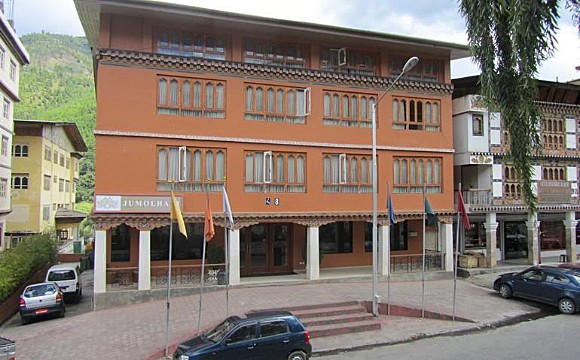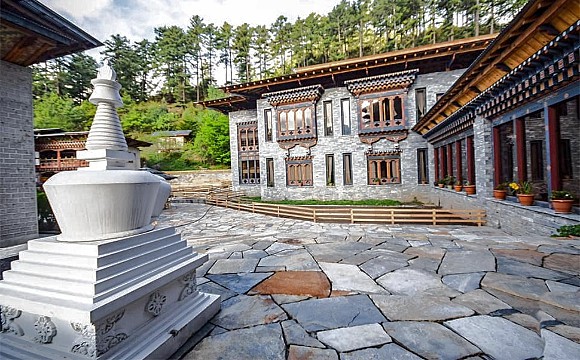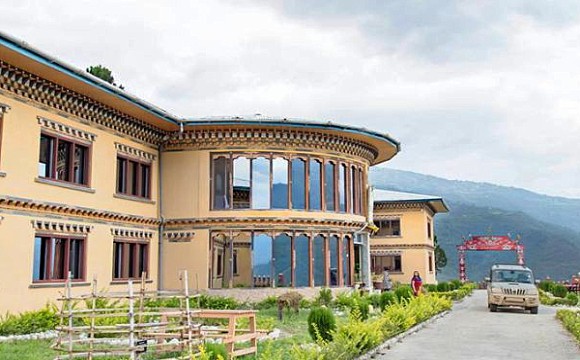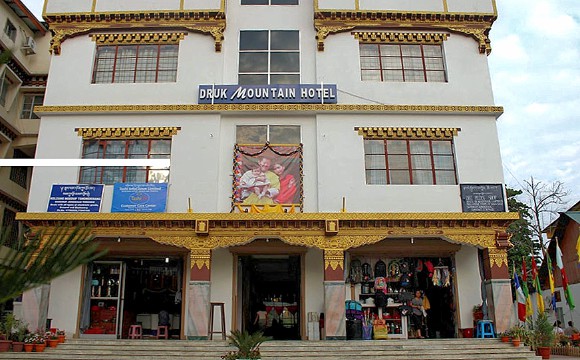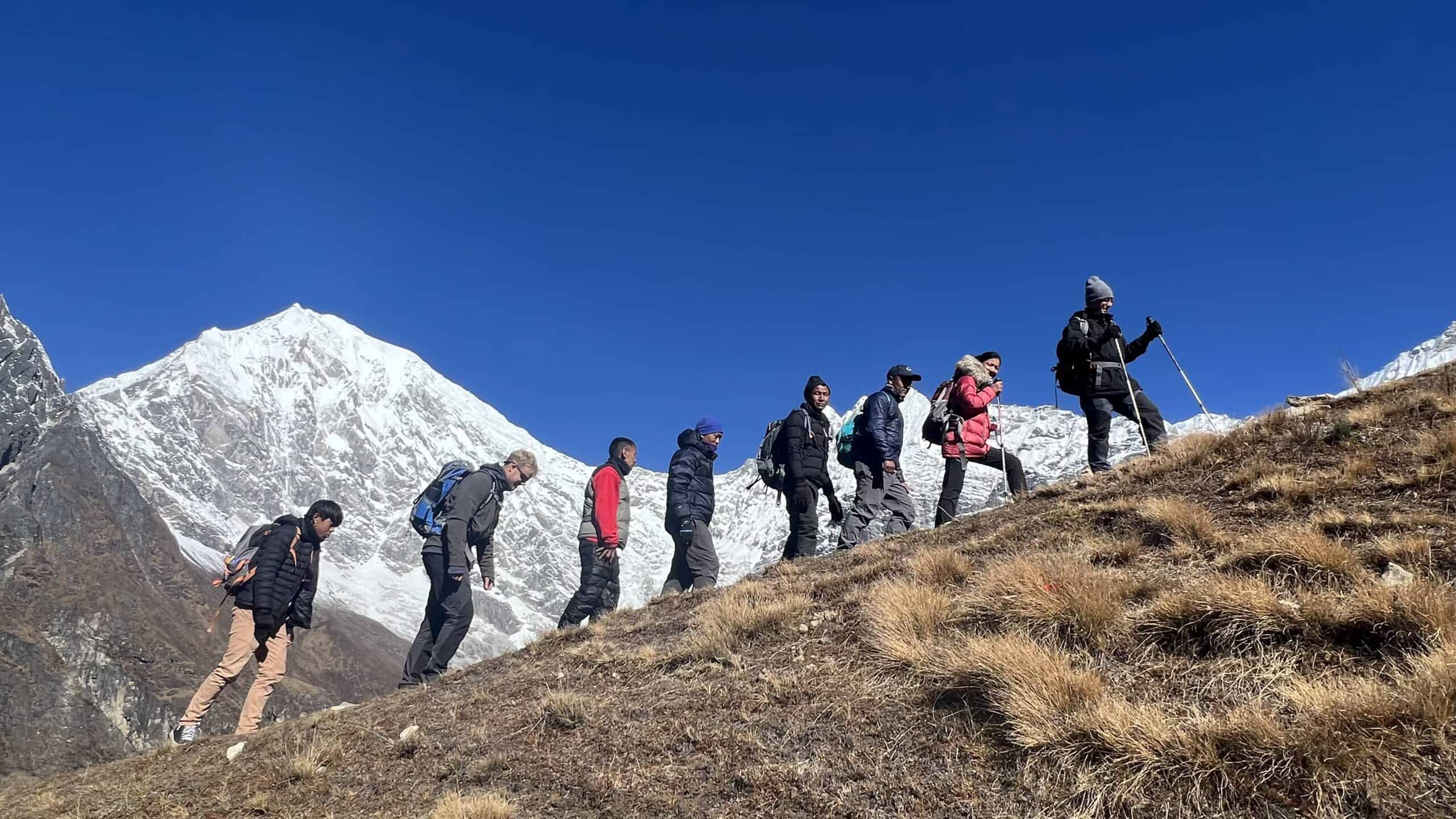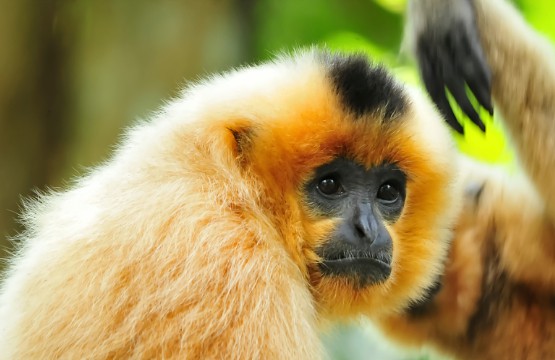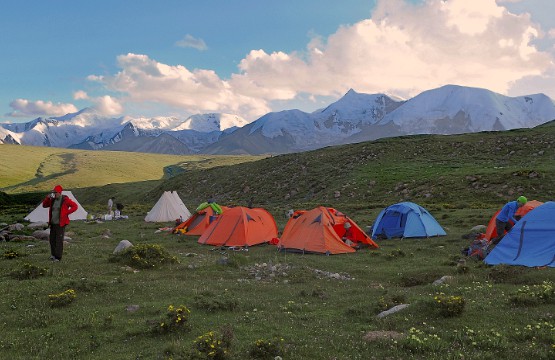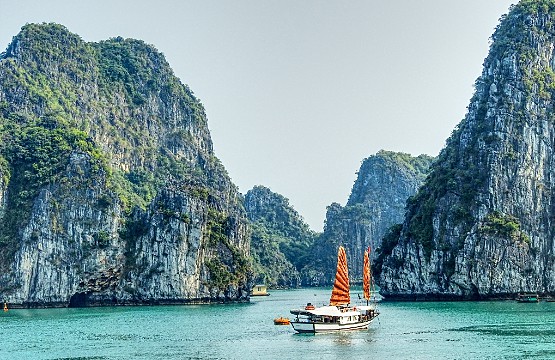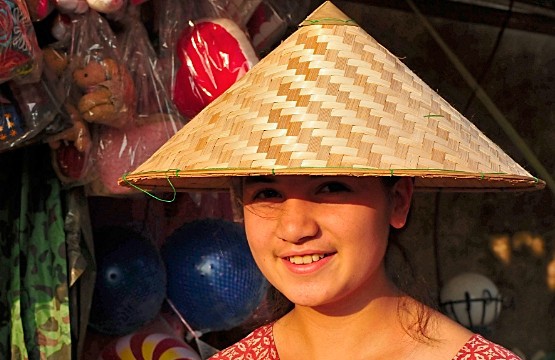Ancient Bhutan Trail: Nature, Culture & Adventure
This Bhutan journey is carefully tailored to suit the taste of those who loves nature, wants to immerse in exotic cultures and get thrilled in adventure. This holiday can take you in to stunning Buddhist temples, monasteries and pagodas, at their best and is sure to get you closer to... More
This Bhutan journey is carefully tailored to suit the taste of those who loves nature, wants to immerse in exotic cultures and get thrilled in adventure. This holiday can take you in to stunning Buddhist temples, monasteries and pagodas, at their best and is sure to get you closer to these fascinating cultural events, together with all the people and places that make Bhutan unique ever.
We visit all the major iconic spots in Bhutan in this trip and several Dzongs (fortress), monasteries, temples. In order to observe and understand Bhutanese way of life and their culture we plan to visit farmhouse, arts and craft school, nunnery, archery range, local market and witness festivals. Natural world and Bhutan is like synonyms and can feel its presence everywhere but to get you even closer and intimate experience with nature we embark on a short trek to Bumdra and spend a night under stars-filled sky in our tent – there, a sense of adventure awaits you away from the comfort of your own home in a camping tent enveloped by a quiet and dark night sky!
LessGiving back to the communities is our responsibility!
With every trip, you also support the SWAN and thus projects for Sustainable Community development and Biodiversity protection.
Our primary NGO partner is Social Welfare Association of Nepal (SWAN), with whom we have carried out multiple CSR (Corporate Social Responsibility) projects. Besides carrying out regular CSR activities in the areas of education and women empowerment, we have supported relief and rehabilitation initiatives in the aftermath of several natural disasters like earthquake, immediate response to COVID-19 pandemic across Nepal.
Giving something back to the world is a special and responsible affair of travel-to-nature Asia right from its inception. When you travel with travel-to-nature Asia and SWAN-Nepal, you become an integral force for change in addressing the most pressing social and wildlife conservation issues. Your tourism funds help transform the future of under-privileged and marginalized communities and transform the future of at-risk natural places you travel. Portion of our profit flows to local communities who live with and steward nature, creating jobs and improving livelihoods.
By joining one of our holidays you are playing a vital role in bringing positive changes in the lives of local community.




